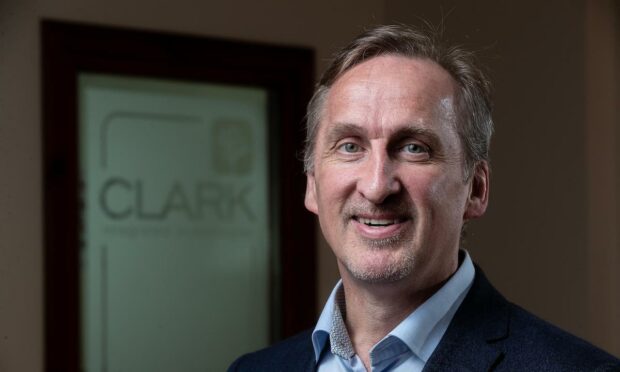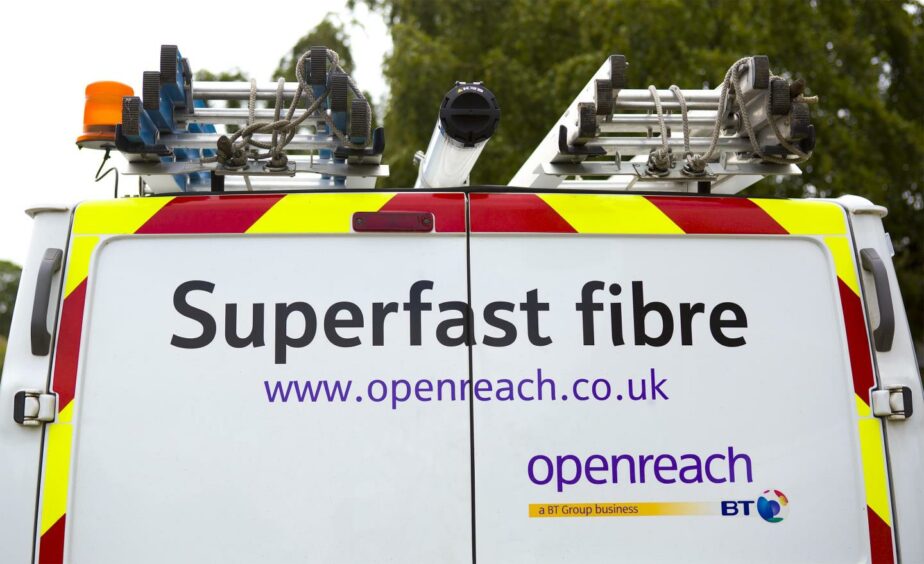The writing was on the wall for office working before we had even heard of Covid-19.
But it’s estimated the pandemic sped up the transition to homeworking by a factor of between seven and 10.
According to a McKinsey & Company report, in the case of remote working, companies moved 40 times more quickly than in pre-pandemic times to implement this.
Before Covid, report respondents said it would have taken their companies more than a year to implement the level of remote working which they managed to introduce during the crisis in an average time of just 11 days.
It could be described as a quantum leap for many businesses.
Most companies report their “temporary solutions” stood up well to the new demands.
What’s more, they expect the changes to be long-lasting and are making long-term investments to make this happen.
Great for those living in areas of quick, reliable broadband access.
But what about those living more remotely with a poor wi-fi connection? What does this mean for them? For these people, it’s not so much a digital divide as a gaping chasm.
370,000 digitally excluded Scots
Access to universal and affordable internet is widening inequality in our country and the gap between the “haves” and the “have very littles” or the “have none” grows.
There is growing concern this will lead to more inequality of income and opportunity.
A YouGov poll for Citizens Advice Scotland revealed 370,000 Scots have been without internet access during the pandemic; these are the digitally excluded.
But homeworking, internet banking and online shopping are here to stay.
It is estimated investment in full-fibre and mobile connectivity in Scotland could unlock 41,746 jobs and boost the economy by more than £5.3 billion by 2026, thereby tackling this inequality.
Digital exclusion is not just about access to high speed – or even snail’s pace – broadband access.
Factors around skill levels, particularly for non-natives in the digital world, are also at play.
In addition, employment status, educational qualifications, disability and age can influence whether or not a household has internet access.
Access to universal and affordable internet is widening inequality in our country and the gap between the “haves” and the “have very littles” or the “have none” grows.”
A 2018 survey, also by Citizen’s Advice Scotland, showed only 25% of respondents aged between 65 and 79 had used the internet often; 46% had never used it and 16% were unable to use a computer at all.
People with even basic digital skills benefit in a host of ways, from increased earnings and higher employability to cheaper shopping, time saved through online services and improved communication.
A UK Parliament map showing areas of Scotland with gigabit availability is telling, with large swathes of the country having zero access.
Unfortunately, you do have to go online to look at it – not so great if you have poor broadband access.
Tearing down barriers
The Scottish Government and Cosla (Convention of Scottish Local Authorities) have drafted a joint digital strategy around public services.
It states “geography, background or ability should not be barriers to getting online and benefitting from digital technology”.
An extension to the interim broadband voucher scheme, part of the £600 million Reaching 100% (R100) broadband programme, has been granted to March 2022.
R100 is designed to help rural premises in the hardest-to-reach areas of Scotland get a faster connection installed.
The programme broadly aims to extend “superfast broadband” (more than 30 megabits per second, or Mbps) connectivity across as much of the final 5% of poorly served premises in Scotland as possible.
The vast majority of this will be achieved by harnessing gigabit-capable FTTP (fibre-to-the-premises) technology.
Eligible premises can receive a voucher worth up to £400 – plus an additional £250 in some of the hardest to reach areas – which can be used for satellite, fixed wireless, mobile broadband or fixed-line solutions.
The Scottish Broadband Voucher Scheme also provides discounts, worth up to £5,000, to connect properties for which there is no roll-out of superfast broadband planned.
Top-ups from a UK-wide scheme take the value of these to £6,500.
Banchory street takes crown as Scotland’s slowest for broadband
Perhaps those living on Grant Road, Banchory, may be interested in these schemes.
Grant Road was recently revealed as having the slowest internet connection in Scotland, with speeds of just 0.28Mbps.
It was pipped to the post of the title of slowest street in the UK only by Wistaton Road in Crewe.
Aberdeenshire and Moray made three appearances in the top 10, where they were joined by addresses in Inverness and Portree.
Anyone living on Grant Road looking to relocate may want to consider Murrayfield Terrace in Stirling.
Residents there can download a film in 62 seconds, compared to the Grant Road equivalent of 41 hours.
Fortunately, Grant Road residents have the option of shopping around for faster broadband – an option unavailable to many in more rural areas.
If we want a thriving Scottish future with sustainable economic growth, new jobs and a fairer society, then access to superfast broadband is top of my list for Santa in 2021.
Austen Clark is managing director of information technology firm Clark IT, based in Auchterless, near Turriff.



